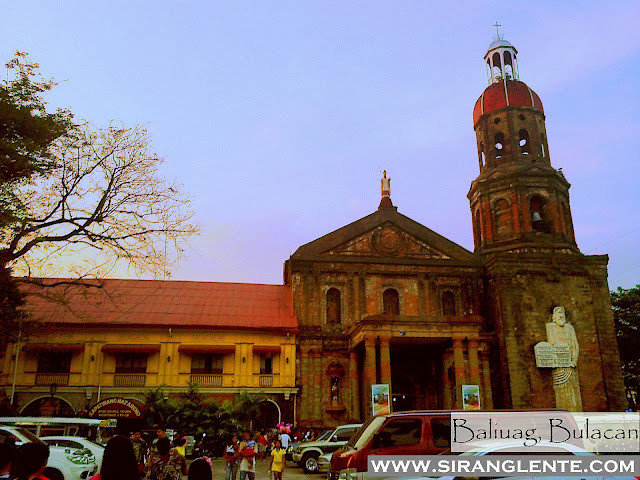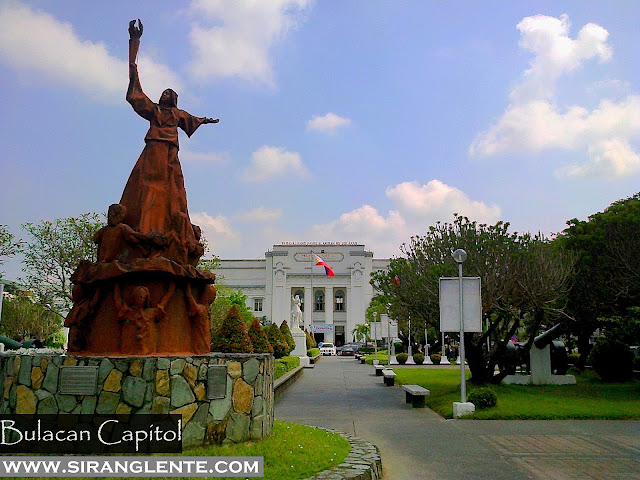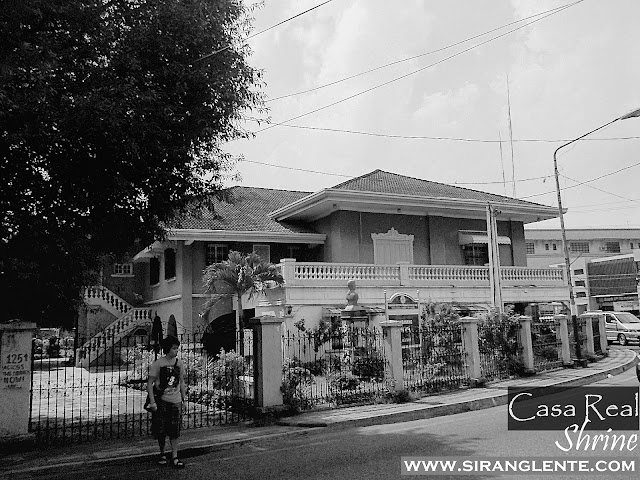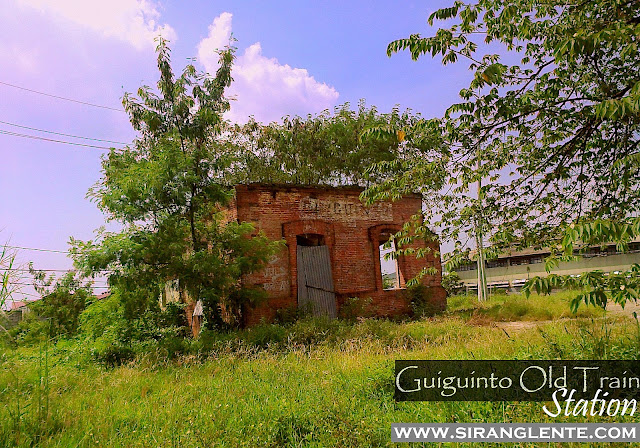TRAVEL GUIDE: AGUINALDO CAVE, Biak na Bato, Bulacan
Pinagrealan Cave

Ang Kweba ng Pinagrealan ay unang tinawag na "Kweba ng Minuyan" na matatagpuan sa paanan ng bundok ng Sierra Madre sakop ng Bayan ng Norzagaray. Ito ay ginawang kampamento ng mga rebolusyonaryong Pilipino sa pangunguna ni Heneral Sinforoso del Cruz. Ito ay naging pangunahing kuta at tanggulan ng mga manghihimagsik nang taong 1896-1897.
Barasoain Church

This historical church is also known as Our Lady of Mt. Carmel Parish, a Roman Catholic church built in 1630 in Malolos City. From the Provincial Capitol, we rode in a tricycle and alighted in front of the church. It was early in the morning, so we had time to take photos without people in the background. Disadvantage? The church was open, but the museum was closed. Nonetheless, I was stunned by its structure; thus, standing in front of the facade of this church was remarkable, making Barasoain Church the top tourist destination in Bulacan.
Malolos Cathedral

The Malolos Cathedral is one of the historical churches in the Philippines, located in the city, Bulacan. The construction of this church started in 1814 and was finished in 1817, under Fray. Melchor Fernández. Like most of the century-old churches in the country, this Cathedral was severely damaged by earthquakes. Today, it is the seat of the Diocese of Malolos and has been the bastion of faith for the past centuries.
Baliwag Church

This church has a gorgeous Baroque architectural design, and according to the Spanish records, it was Fr. Juan de Albarran, OSA, who was assigned as the parish priest of Baliuag Church in 1733, the year that the church was officially begun. Then, between 1769 and 1774, the second church was built by Father Gregorio Giner. The structure of the church was completed in 1801. However, in 1863, the strongest earthquake damaged the church, but it was rebuilt in 1870. It's also known as the Saint Augustine Parish Church.
Bulacan Provincial Capitol

This is the place where the other government institutions/offices can be found. It is also the place where you can find the office of the most powerful man in the government of the province. This compound is the location of the leading university in Bulacan and the provincial museum, which houses the history of the province.
Diocesan Shrine and Parish of Nuestra Señora de la Asuncion

It is one of the old churches located in Bulakan, Bulacan, which is a 19th-century Neo-Byzantine-Romanesque stone church. It was declared as a Marked Historical Structure of the Philippines in 2007. During Holy Week or the Lenten season, this church is the center of a famous presentation, locally called "Dakip," a Filipino word that means to arrest or to abduct. It is a play that portrays how Jesus Christ was captured before the crucifixion.
TRAVEL GUIDE: CASA REAL SHRINE, Bulacan
Guiguinto Old Trail Station, Bulacan
Built in 1661, the Estacion de Guiguinto (Guiguinto Train Station) is the towns most acclaimed historical landmark and heritage site. It was upon this that the Katipuneros (Filipino guerillas during the Spanish Regime) ambushed a train from Dagupan, killing six friars, including the parish friar of Guiguinto, Fr. Leocadio Sanchez, and the Spanish doctor. The incident inspired Severino Reyes to author the novel "Opera Walang Sugar" which was later made into a movie entitled "Walang Sugat." - source: www.bulacan.gov.ph
Jose Cojuanco Mansion

This is the old and original house of Jose Chichioco Cojuangco (July 3, 1896-August, 1976). He was the former Representative of the 1st district of the province of Tarlac from 1934 to 1946. He is one of the roots of the Cojuangco clan, and he is the father of the late President of the Philippines, Corazon Aquino, and grandfather of the late President Benigno Aquino III. This historical landmark is situated on Paseo del Congreso Street, just a few meters from Barasoain Church and Casa Real Shrine.



